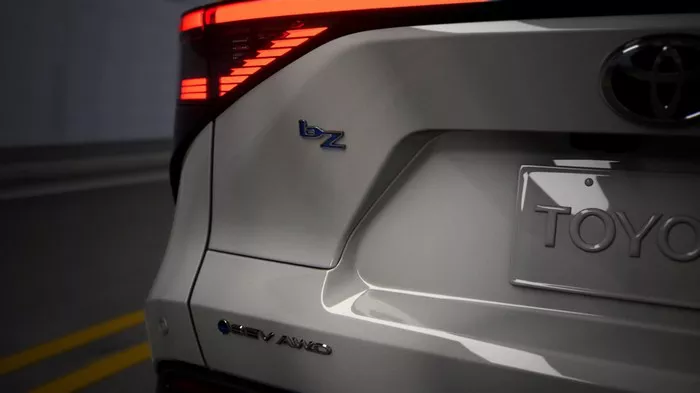Toyota’s 2026 bZ all-electric SUV brings key upgrades in range, performance, and charging capabilities, aiming to enhance the brand’s footprint in the growing EV market.
The new bZ model introduces a larger 74.7-kWh lithium-ion battery, available in the newly offered XLE Front-Wheel Drive Plus, XLE AWD, and Limited FWD/AWD trims. Vehicles equipped with this battery are expected to achieve up to 314 miles of range on a full charge, according to Toyota’s preliminary estimates. A smaller 57.7-kWh battery will continue to be available on the XLE FWD model.
Charging sees a significant leap with the adoption of the North American Charging Standard (NACS) port, granting access to thousands of high-speed chargers. Under ideal conditions, the 2026 bZ can fast charge from 10% to 80% in approximately 30 minutes. Plug & Charge functionality simplifies authentication at compatible stations, reducing app usage.
Power output is also improved. Thanks to upgraded eAxles utilizing silicon carbide semiconductors, AWD models now produce 338 hp—50% more than before—and accelerate from 0–60 mph in just 4.9 seconds. FWD variants now deliver 221 hp, up from 201 hp.
New features include a battery pre-conditioning system to optimize fast charging, especially in cold climates, and paddle shifters for adjustable regenerative braking. A thermal management system with a water-to-water heat exchanger and adjustable heating valve also enhances battery performance in varying temperatures.
AWD models add Toyota’s X-MODE with Grip-Control, enhancing traction on challenging terrain by modulating motor output and braking force to maintain steady speeds on slippery or uneven surfaces.
Built on Toyota’s BEV-specific e-TNGA platform, the 2026 bZ benefits from a low center of gravity and improved rigidity via a battery cross-framing structure. High-tensile steel reinforcements, responsive suspension, intelligent throttle calibration, and Vehicle Stability Control contribute to a smoother, safer drive.
The 2026 Toyota bZ will arrive at dealerships in the second half of 2025, with pricing to be announced closer to launch.
Related topics:

